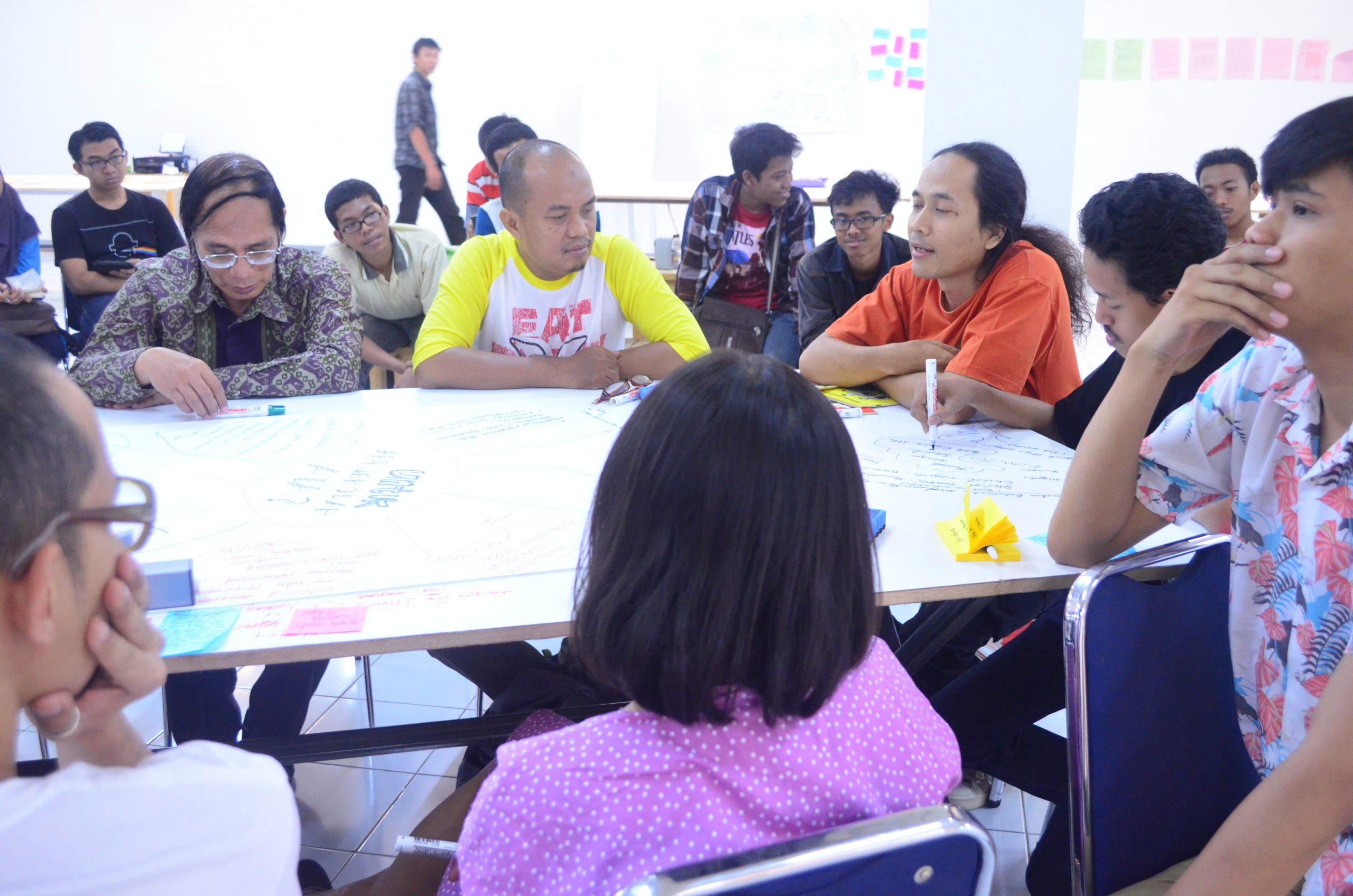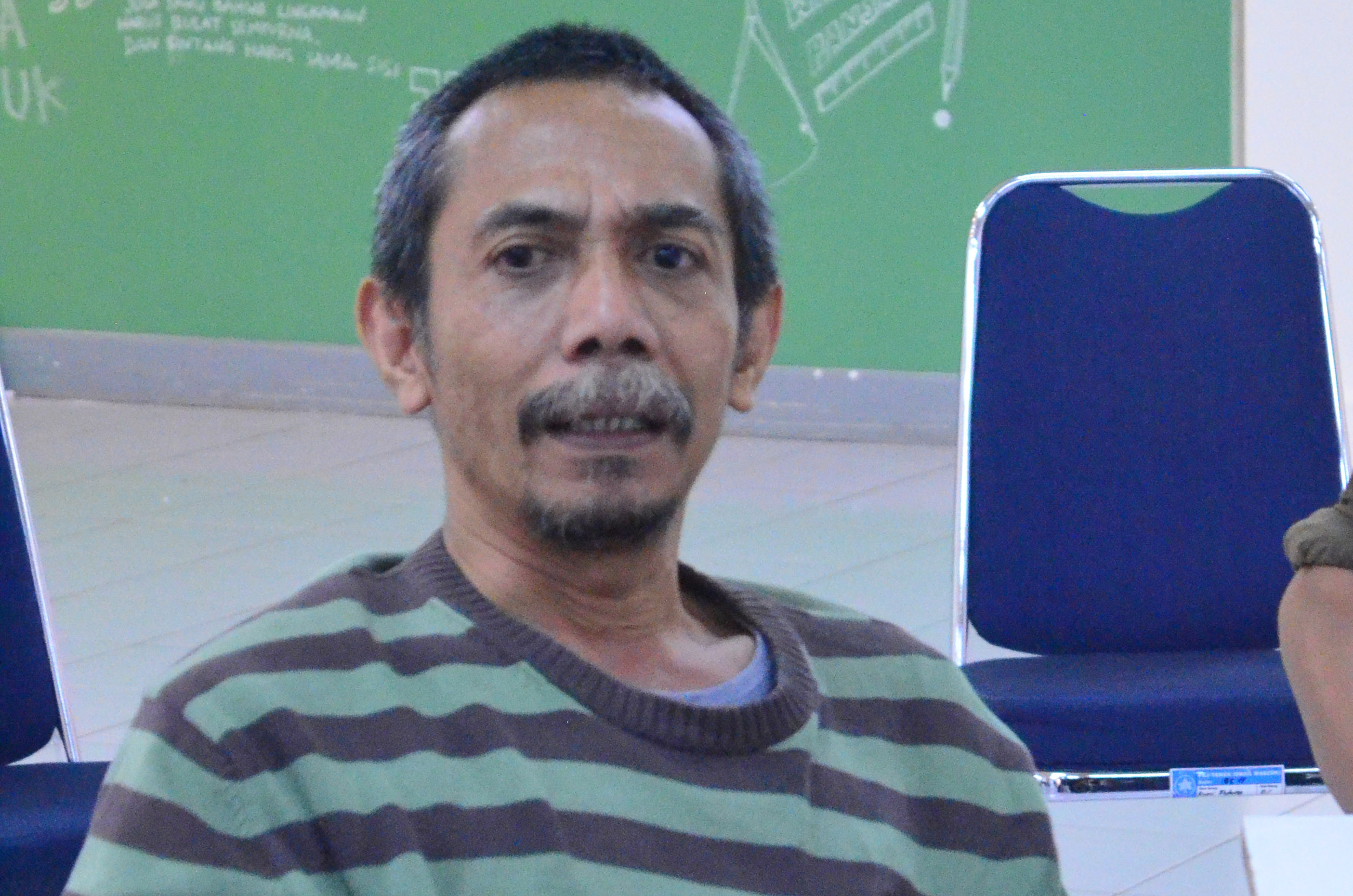Kurikulab : Moving Class
Kurikulab : Moving Class
Saturday, October 30, 2021 — Sunday, February 27, 2022 10:00 — 19:00
Photos courtesy : YCAM




Kurikulab : Moving Class
Saturday, October 30, 2021 — Sunday, February 27, 2022 10:00 — 19:00
Photos courtesy : YCAM















Artist
Serrum
Kurator
MG. Pringgotono
Angga Wijaya
M. Sigit Budi S.
Writers
Rianto Anarki
Farid Rakun
Collaborator (all invitation & artists)
Experiment Class Oktiza Devina S.Pd.
Showcase Eko S. Bimantara, Adek Marhaenika, JJ. Adibrata, Jehan Syauqi, Wawan Setiawan, Angga Cipta, Robo Wobo, Jadi Terus, HAHA-HIHI, Wacil Wahyudi, Gunawan Wibisono, Riana Linda, Eko S. Bimantara, Ludzfi Sabdakir, ESOA, M. Sigit Budi S, Sigit Wijaya, JAF.
Drawing Class Adek Marhaenika, Ika Setyaningsih, Eko S. Bimantara, Arief Widiarso, Martiana, Jeany Febriwayani, Wacil Wahyudi
Rec. Ayo Rec.
Arief Rachman, M. Hasrul Indrabakti
Mural Arief Atto, Robowobo
Rumus JJ Adibrata
Video M. Hasrul Indrabakti, Daniel Ferryansyah, Haviz Maha
Projection Installation Oshan Nurisa, Amak Suramak, Arif Coy
Design dan Publication Angga Cipta
Information & Social Media Gunawan Wibisono, Sigit Wijaya
Administration Deti Hapsari, Wulan Anggraeini
Transportation Holik
Exhibition Room Installation Amak Suramak, Arif Coy, Oshan Nurisa, Winanda Suciyadi, Sodik Aldiano
Spesial Assistant Ramon, Sodik Aldiano
n 2014, when Serum was for first solo exhibition as a collective and the title is KurikuLab. The main work in this exhibition is not the usual work ready to be displayed in the gallery. Featured works through the first stages of the process. The showroom responded with building an event, which is used as a laboratory—a place to carry out the process of forming the work that will be exhibited. This laboratory is the place where Serrum works collaboratively with interdisciplinary practitioners to discuss issues of education issues more broadly, emerging narratives
The
Laboratory process was carried out for four meetings. On the first day,
the laboratory is used as an experimental class "Rupamatica", by
combining mathematics teaching materials with fine arts.
FGD 1
collaboration was carried out with creative teachers from various formal and
non-formal schools, with discussions "teaching in a different
way".
FGD 2 collaboration was carried out with school administrators from various educational backgrounds, with the discussion of "schools: ways and goals".
After the laboratory process is complete, various discussions, ideas, statements and questions become works to be presented in the form of an art exhibition. The exhibition will feature artifacts and footage of what happened during the laboratory process such as videos, photos, scribbled text, and images.








17 October 2014
Sapto Budimayo (Guru Senirupa), Aditya Nugraha (Guru Private), drh. Darwono (Guru
Biologi), Ilham Wahyudin (Guru Fisika), Agus Sampurno (gurukreatif.wordpress.com), Cintra Afridiyana (Guru Kimia), Ramah Handoko (Creative Teacher)











18 October 2014
Marda Hardinggarjati (ESOA), Yuli Prasetyo (Kepala Sekolah ABK Talenta), Deni Rodendo
(Kepala Bimbel Villa
Merah), Sono (Wakil KepalaSMA 93), Bandung Mawardi (pemerhati
pendidikan, penulis), Wendie Razif Soetikno (SMA Regina Pacis), Lestia Primayanti (Kepala Sekolah Kembang)










19 October 2014
Jimmy F. Paat (Education Critic), Sahat Farida Berlian (DPRD, Depok Commission D), Ibe Karyanto (Studio Anak Akar), MoniKa Irayati (ESOA), Dr. Hilmar Farid (historian, activist, teacher), Syafiatudina (Researcher, KUNCI Cultural Studies Center), Rahman Seblat (Rumah Tanpa Jendela), Aprina Murwanti (Lecturer of UNJ).